Table of Contents
Intro
Ever dream of seeing your artistic creation walking down the runway? Or your favorite celebrities and influencers posing in apparel designed and made by you? Your dreams of starting an clothing line or fashion boutique can become a reality.
The clothing business can often feel oversaturated, making you feel hopeless. It seems like everything has been done already. But, according to Statista, retail ecommerce revenues from sales of clothing and accessories in the United States hit $180.5 billion in 2022, and by 2025, they are expected to reach $295.7 billion.
So, what you are really missing is motivation---motivation to create, ensemble, and spread.
We are ready to get you inspired by the success story of Sophia Amoruso, founder of “Nasty Gal.”
We are also going to tell you exactly what you need to know about starting a clothing business.
Nasty Gal’s Success

Sophia Amoruso, founder of “Nasty Gal,” a top women's fashion retailer and named one of "the fastest growing companies" by Inc. Magazine in 2012 came from humble beginnings.
You might have seen your favourite influencer or celeb sport Nasty Gal attire and many social media heads rave about their chic clothing products, but Nasty Gal CEO and author of Girl Boss, Sophia Amoruso was once an unemployed college dropout, scanning student IDs for
$13 an hour. Amoruso even considered going to photography school in 2006 but couldn’t afford it.
Today she runs a company generating over $100 million in clothing sales and more than a million likes on Facebook and more than 4.8 million on Instagram.
Amoruso’s story is inspiring and we highly recommend you read her book Girl Boss in which she discusses in detail the timeline of Nasty Gal and its success.
But to give you a short snippet of her career, her interests in apparel all began with selling vintage clothing on eBay to pay off her rent. She would go to thrift stores like Goodwill and cheap secondhand clothing shops to find vintage items, take photos, and cater to a certain niche of people. Certain to say, her eBay business took off.
She implemented key marketing features like promoting her eBay on social media platforms like MySpace and reaching out to brands that catered to her consumers' style interests (in hindsight this got her banned from Ebay but you won’t be working with eBay so have at it!).
Amoruso advises three things to aspiring clothing line owners:
- Taking amazing photos that represent the brand: To “sell the fantasy” of her clothing brand Nasty Gal, she curated photoshoots to address what her audience’s desired lifestyle is. Her clothes were represented as more than just garments for wear—they enticed individuals to “live” like the models in the photos.
- Pay attention to consumers: See what’s working and what’s not. The customers are the most important. Amoruso paid attention to insights and optimized on marketing that garnered more views and sales.
- Reach out to publications and brand consumers interested in your style: As it turns out, brands with similar interests collaborate with each other to maximize their sales. Collaborating with other small brands will help you both find an appealing audience.
How to start an online clothing line
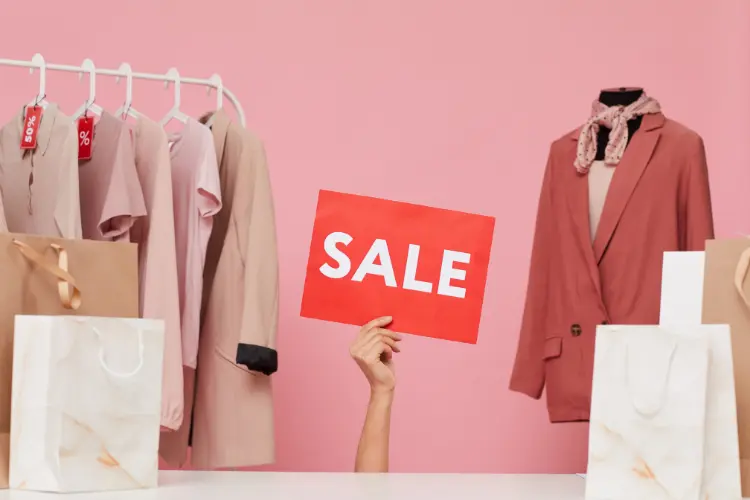
1) Find Your Niche and Know Your Audience
Unless you’re starting out with a large budget, you should choose a specific demographic to attend to when deciding to start a clothing business. Something you are very passionate about and that engages your own personal interests might be the best place to start as you are already familiar with the types of products in that market crowd. Moreover, you should be unique and bring something new to the table. If you are already an expert on this fashion style that you’ve chosen, you know just what is missing in this industry that you can bring to the table yourself. Lastly, choose a product that you can sell. It’s good to be unique but quicker growth comes when you insert yourself in an industry that is already viable.
2) Name Your Brand and Register Your Business
Naming your brand is the biggest part of creating your clothing line. Famous fashion designer Virgil Abloh on his website “Free-Game” in which he answers frequently asked questions regarding starting a clothing business says your brand name should reference the reason why your brand exists. Your brand name is your most powerful asset so that is why it is important to contemplate over it and consider what it means to you. Don’t choose a brand name that is hard to spell or pronounce; you want something memorable but also distinct and personal. Creating a brand logo also comes into play if you really want to monetize off the vitality of your brand in the future. After this, register your business and obtain a trademark because your clothing designs and brand name is considered your intellectual property. Trademarking will prevent copycats and protect your clothing brand.
3) Design and Source Your Products
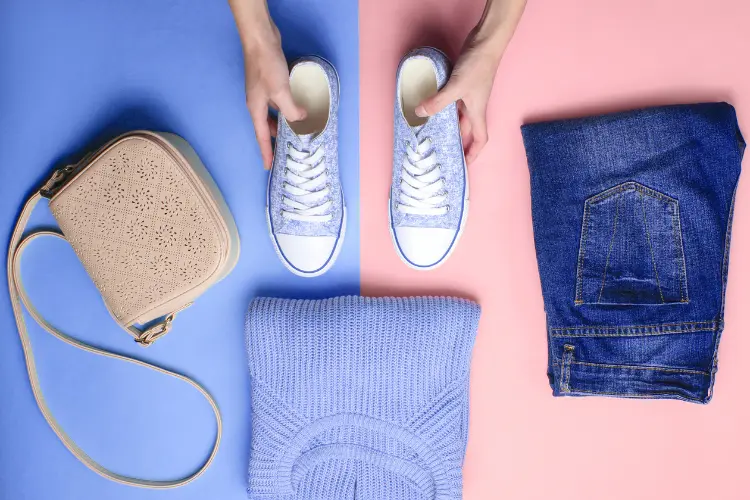
Designing your products is essential to running a clothing business. You can get creative and reference other designs but avoid copying. To get inspired we recommend keeping up with the latest trends and also seeing what is popular in the movies, shows, and what celebrities of your niche are sporting these days.
Moreover, there are many ways that you can source your products but this all depends on the type of clothing label you will be:
Print on demand:
A print-on-demand clothing business buys blanks and alters them to have custom designs such as company logos and graphics. This is usually conducted by a third-party printer who creates the clothing as orders come in.
Custom cut and sew:
Custom cut and sew clothing labels design their own products and produce all their clothing in their own warehouse. This will require more budgeting but will help you propel a completely unique brand.
Private clothing label:
A private clothing label comes with the uniqueness of a custom cut and sews business model however, it entails you working with a single manufacturer to design, produce and brand your products rather than create them in-house.
Dropshipping:
As a drop shipper, you will be the middleman and work through e-commerce. You will acquire your clothing from a wholesaler who will deliver directly to your customer.
4) Create a website to host your products
After you have figured out how you are going to source your products, you want to create a website to host them. This is going to be the primary way that users will buy your clothes. Listing your products on your website will entail having optimized product descriptions which will tell customers what exactly they are going to buy. Further, you will also need to have high-quality display and imagery as well as eye-catching fonts. Photographing clothing on models is also a plus as it shows exactly how your garments will appear when worn. Your website should also be user-friendly and meet their needs. Make sure that the navigation is simple to use. Lastly, when it comes to the checkout process, make this as simple as possible, which means allowing users to easily access check out, allowing returning users to auto fill details and accepting a variety of payment methods.
5) Market Your Clothing Brand
There are many ways that you can market your clothing brand—the most popular being social media. Utilizing promotional postings to expand your visibility and attract new customers is a very effective tactic, as over 72% of American internet shoppers confess to discovering new goods and services through social media advertising. Post stories, share photoshoots, and converse with your customers on your page. Make your platform interesting to look at and interact with. Offer something more than clothes—visuals matter.
Email marketing is also beneficial. Once customers sign up to your website, you can add them to a weekly or monthly newsletter that updates them on any sales, clothing releases, and special offers.
Problems and Solutions
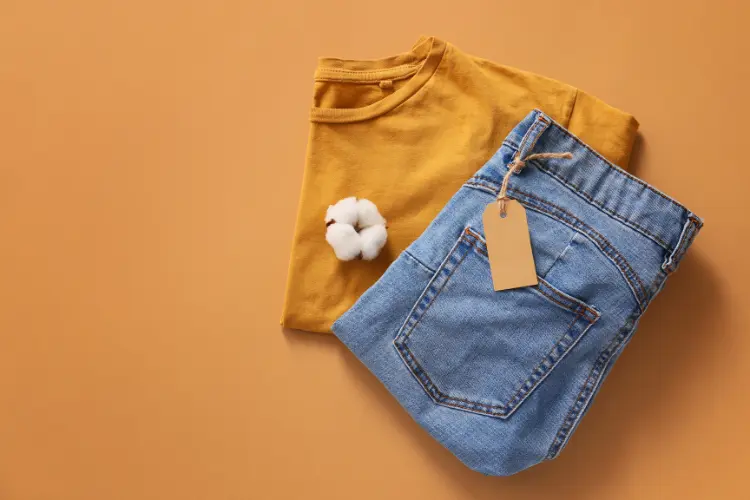
1) Environmental & social impact of fashion
Fast fashion has become more common as a result of garment mass manufacturing. Especially if you are working with a wholesale distributor, you should consider the impact of manufacturing garments under sweatshops. A lot of clothing labels have been under fire for their use of cheap labor to produce their clothes.
2) Product counterfeiting
If you are properly protecting your apparel by trademarking your product and watermarking your campaign photos, they can easily be stolen by another company. Copycats and counterfeiting is widespread through the clothing industry. Cases have emerged in which small clothing businesses have gotten their designs stolen from bigger brands. Understanding copyright laws is crucial to avoid this.
3) Inefficient supply chain & distribution
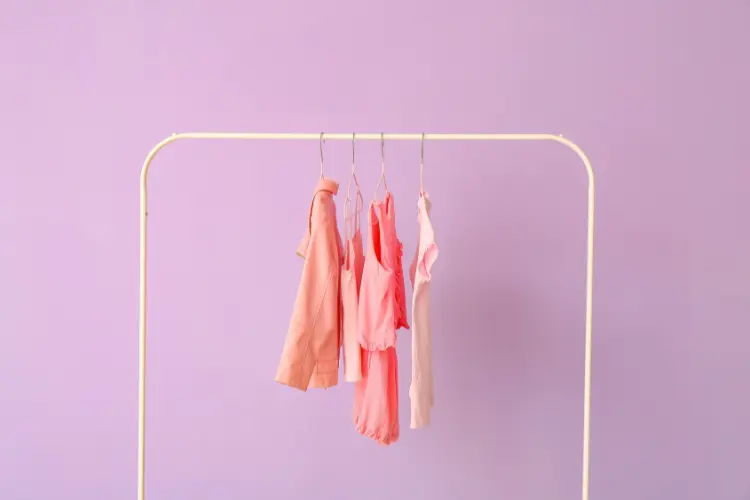
It's never a smart idea to place large orders for items you know won't sell quickly. Learn about the fundamentals of supply and demand. If a product isn't well-liked or in trend, it can take some time to sell or it might not sell at all, which would lower its value and waste your money. When developing and executing a company plan, take into account how certain goods perform better than others.
4) Adaptation to new consumer demands
In the clothing industry, keeping up with trends is crucial if you want to stay relevant. Even more, some products may not be viable for certain consumers as they all have different requirements. Adapting to new consumer demands is critical for your clothing business. This means constantly staying in the loop about upcoming style trends, fabrics, and colors for the new season.
5) Waste and lack of sales
A problem predominant in the clothing industry is clothing waste alongside a lack of sales. Clothing waste is one of the biggest contributors to environmental pollution as it takes a long time to degrade. Consider environmentally effective solutions when producing your clothing, making sure to monitor supply and distribution channels so you don’t overstock on product that will go to waste.
Your daily tasks as an online clothing line owner
As an online clothing brand owner, you must be fully engaged with your business. Here is a snapshot of your daily tasks:
- Answering emails and checking up on business sales and website analytics: As an online clothing brand owner, you must keep up-to-date with any emails that you receive from customers whether they are complaints, requests, or order details. You must also keep track of your website's analytics and your social media‘s insights so you can optimize them accordingly.
- Social media activity, arranging photoshoots: You will spend a part of your day engaging with customers on your social media. This means replying to comments, posting stories and organizing photoshoots and posting rendered photoshoots that display your clothing products.
- Dispatching online orders + ordering more products: If you are working as a small online business and are working alone, you will have to organize what products need to be ordered for your stock and you will have to dispatch any orders to fulfill them.
- Organizing and creating new designs: An essential part of your clothing line will be organizing and creating new designs. Typically, clothing labels have a new design for winter, spring, and summer.
- Quality Assurance: Checking the quality of your products is important because you want the best possible for your customers before they go out. You will spend a part of your day approving of materials, fabrics, colors, and finished designs.
Stats
- According to data collected by Shopify's “The State of the Ecommerce Fashion Industry: Statistics, Trends & Strategies to Use in 2023,” the pandemic is changing people's buying patterns. 71% of consumers intend to maintain the clothing they now own for long durations, while 65% aim to buy more durable fashion products. Because of this, the fashion resale sector is flourishing; it is expected to reach a worth of $77 billion within the next five years, increasing 11 times faster than conventional commerce.
- According to Statista, the global clothing market generated 1.5 trillion dollars in sales in 2021, and the sector is still expanding favorably. By 2026, revenue is anticipated to increase to approximately 2 trillion dollars. The United States has the largest clothing market of any nation in this extensive worldwide industry in 2021.
Salary
According to ZipRecruiter, the average annual salary for boutique owners is now around $32,000 and $100,000, with higher earners in the United States getting an average of $159,500. The annual salary range for boutique owners is as much as $248,500 and as little as $17,500. Given the wide variety of the typical salary for clothing store owners, there may be several prospects for income increases and promotion based on experience, region, and expertise. In addition, as of December 2022, the typical yearly pay for an online clothing store is $38208. Most earn between $24500 and $38500 annually. Cities in which the average pay for a boutique and clothing brand owner exceeds the national median include Atkinson, NE, with San Francisco, CA and Bolinas, CA.


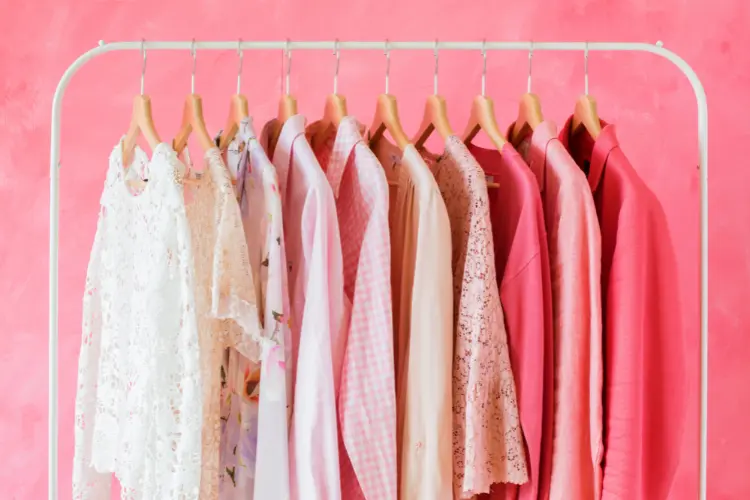
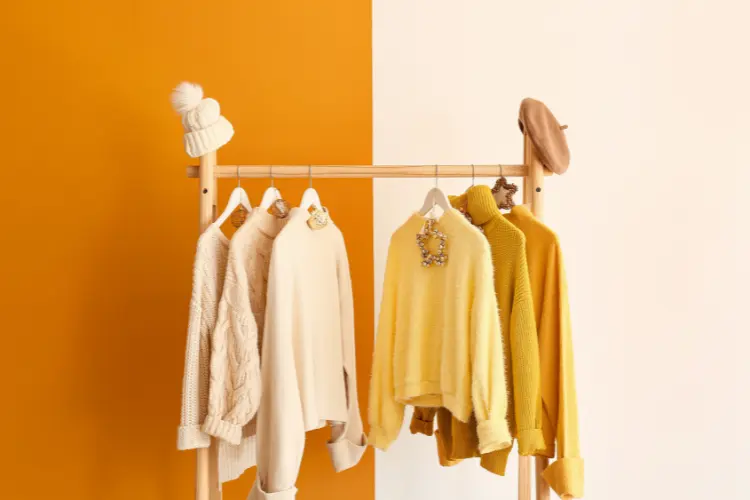
Lisa R.Hanger